While capturing Kashmir’s pellet plight, photojournalists brave pellets and batons
On September 4, when Zuhaib’s colleagues went to cover the visit of some members of an all-party parliamentary delegation to Hurriyat Conference chairman Syed Ali Geelani’s house at Hyderpora here, he preferred to cover pro-freedom protests in his native locality.
When streaks of sunrise enter the bedroom of 30-year-old photojournalist Zuhaib Maqbool, he shivers and covers his right eye. “Now, the light which was an imperative part of my profession, has turned out to be a bane for me,” says Zuhaib, who is recuperating from pellet injuries on his left eye at his residence in a congested Rainawari locality here.
Sitting in his dimly-lit bedroom, Zuhaib’s day begins with his Fajr (pre-dawn) prayers and applying medicine to his injured eye. “From actively covering the happenings in Kashmir, my life has been restricted to this room, apart from taking the medicine regularly,” he says, taking a deep breath.
On September 4, when Zuhaib’s colleagues went to cover the visit of some members of an all-party parliamentary delegation to Hurriyat Conference chairman Syed Ali Geelani’s house at Hyderpora here, he preferred to cover pro-freedom protests in his native locality.
Armed with two cameras, Zuhaib, who works for a local magazine, reached Naidyar Bridge at Rainawari where hundreds of people were staging pro-freedom protests. He took several photographs and as the protests swelled and intensified, some more photojournalists reached the spot.
“Police burst teargas shells to disperse the protestors. My colleague Muzamil pointed his camera towards a group of policemen who were arresting some youth. This probably infuriated the cops who angrily gazed at us. As the clashes between forces and youth were going on from the other side of Naidyar Bridge, we sat in a narrow lane and took some rest,” he said.
At this point, little did Zuhaib know that his life will be changed in next five minutes. “Suddenly, I saw a masked policeman pointing his pellet gun towards me and I abruptly stood up. As he was about to press the trigger, I displayed my two cameras shouting I am from ‘Press’. After a few seconds, I heard a deafening sound and some hot metal objects hitting me my left eye, nose, stomach and thighs. I found myself in a pool of blood,” he recounts, and his face turns red.
Zuhaib’s friend Muzamil Matoo, another photojournalist, was also hit by a few pellets on his head. “It was a target attack on us. The cops fired pellets on us without any provocation,” he said.
Despite being badly injured, Zuhaib maintained his composure. “More than myself, I was concerned about my parents. I thought they cannot bear the condition of their lone son. So I mustered some courage and walked to my locality.”
On way, Zuhaib met his neighbors. “Please inform my parents I am ok,” he told them. “When my cousin Umaid Hamza saw my eye injury, he was so shocked that he could not even move. As pain in my eye and body intensified, I shouted at him to rush me to hospital,” he said.
Two neighbors took Zuhaib to SMHS hospital on a motorcycle. “When we reached near the Hospital, the road was blocked with concertina wire. On seeing my condition, a senior officer of CRPF lifted it and asked us to rush to the hospital,” he said.
Finally, Zuhaib reached the hospital and was operated upon. His colleague Muzamil Matoo had also to undergo an operation to remove the pellets from his head.
“I was familiar with many doctors as I used to regularly take photographs of pellet victims. As fate would have it, today I am among the victims myself,” Zuhaib said.
A team of doctors led by a noted retina surgeon Dr Natarajan performed Vitrectomy on Zuhaib on September 20. “I also underwent Lensectomy and Laser surgery. I had to sit for 15 days in prostrating position, writhing in pain, to retain some medicine in my operated eye. Despite facing the ordeal, I can see blurred images with my left eye. Due to pellets in my nasal cavity and body, I suffer with high fever frequently,” he said.
“I have to again undergo an operation for it. Doctors are hopeful that I might regain my vision after three months, but these pellets have changed my life forever,” he says.
Zuhaib’s cameras worth nearly two lakh rupees were also hit by pellets. “These cameras were sort of my eyes. Despite health complications, I will continue to highlight the brutality by forces on people after my recovery,” he said.
During the past 110 days of uprising in Kashmir, following the killing of Hizb Commander Burhan Wani, several journalists and photojournalist have borne the brunt of forces’ action.
In north Kashmir’s Kupwara district, journalist Mir Javid was hit by pellets on August 5. “I was punished for highlighting atrocities by forces on people. I was standing on a road when forces in a ‘Rakshak’ vehicle fired pellets on me without any provocation,” Javid said.
“Over 100 pellets hit my body including the left eye. I had to undergo two eye surgeries and still have not regained full vision. Two pellets are still in my eye,” he said.
On September 3, forces thrashed several photojournalists at Batamaloo here when they were covering protests in the area. Several photojournalists including Mubashir Khan and Aman Farooq of Greater Kashmir were among the victims.
“We were thrashed by forces without any provocation on directions of a senior police officer. On the fateful day, we had gone to the area to cover protests against highhandedness by forces, but they used batons on us,” said Mubashir Khan.
Veteran photojournalist of Kashmir, Habib Naqash said, “this is the first time in the past 26 years in Kashmir that forces are openly targeting photojournalists.”
“In the first month (July) of ongoing uprising, photojournalists faced wrath of a group of people in civvies in SMHS Hospital. They prevented them from taking photographs of persons injured in forces’ action. However, from second month, the forces used means including pellets to disallow photojournalists from discharging their professional duties,” said Naqash, who was injured in a parcel bomb explosion on September 10, 1995 in which photojournalist Mushtaq Ali was killed.
“Photojournalists have been bearing the brunt of forces wrath for the past three months. The forces accuse photojournalists of inciting people, but most of the times we reach the spots after the protests start. We have several times taken up the matter with authorities but no action was taken,” said Farooq Javid, President of Kashmir Press Photographers’ Association (KPPA).
Besides photojournalists, reporters of various organizations faced a tough time to discharge their professional duties particularly during restrictions in past over three months.

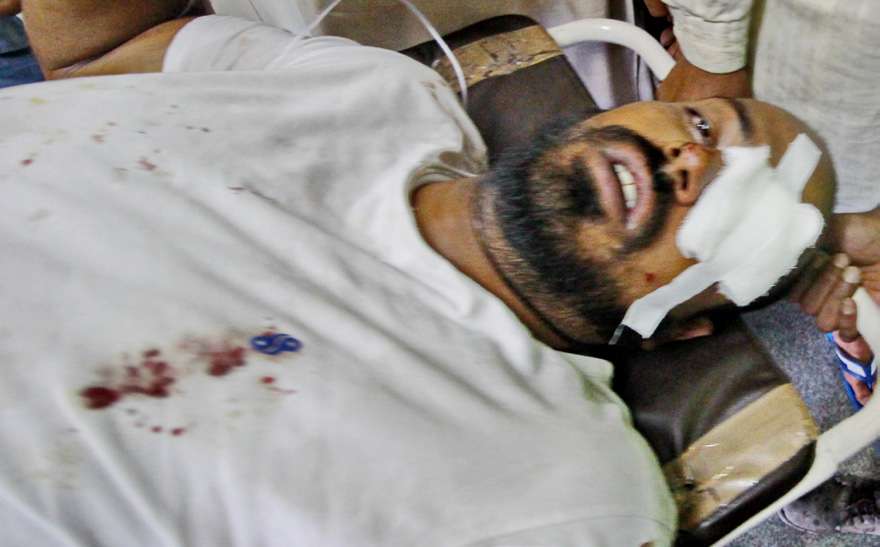

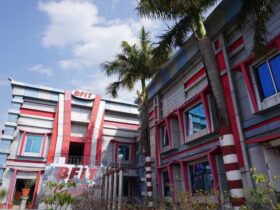





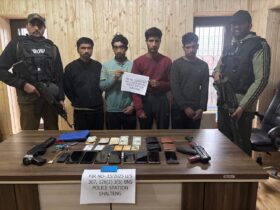

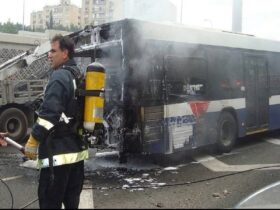
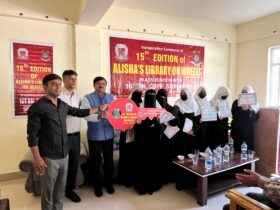
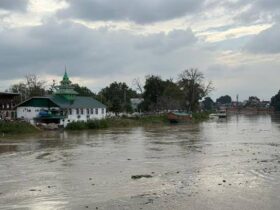
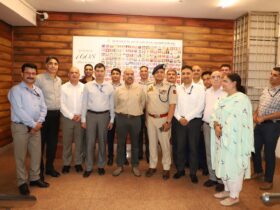
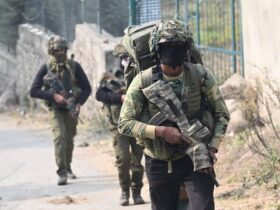
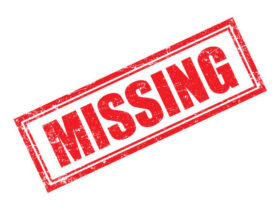
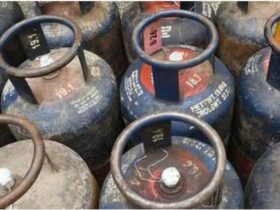
Leave a Reply